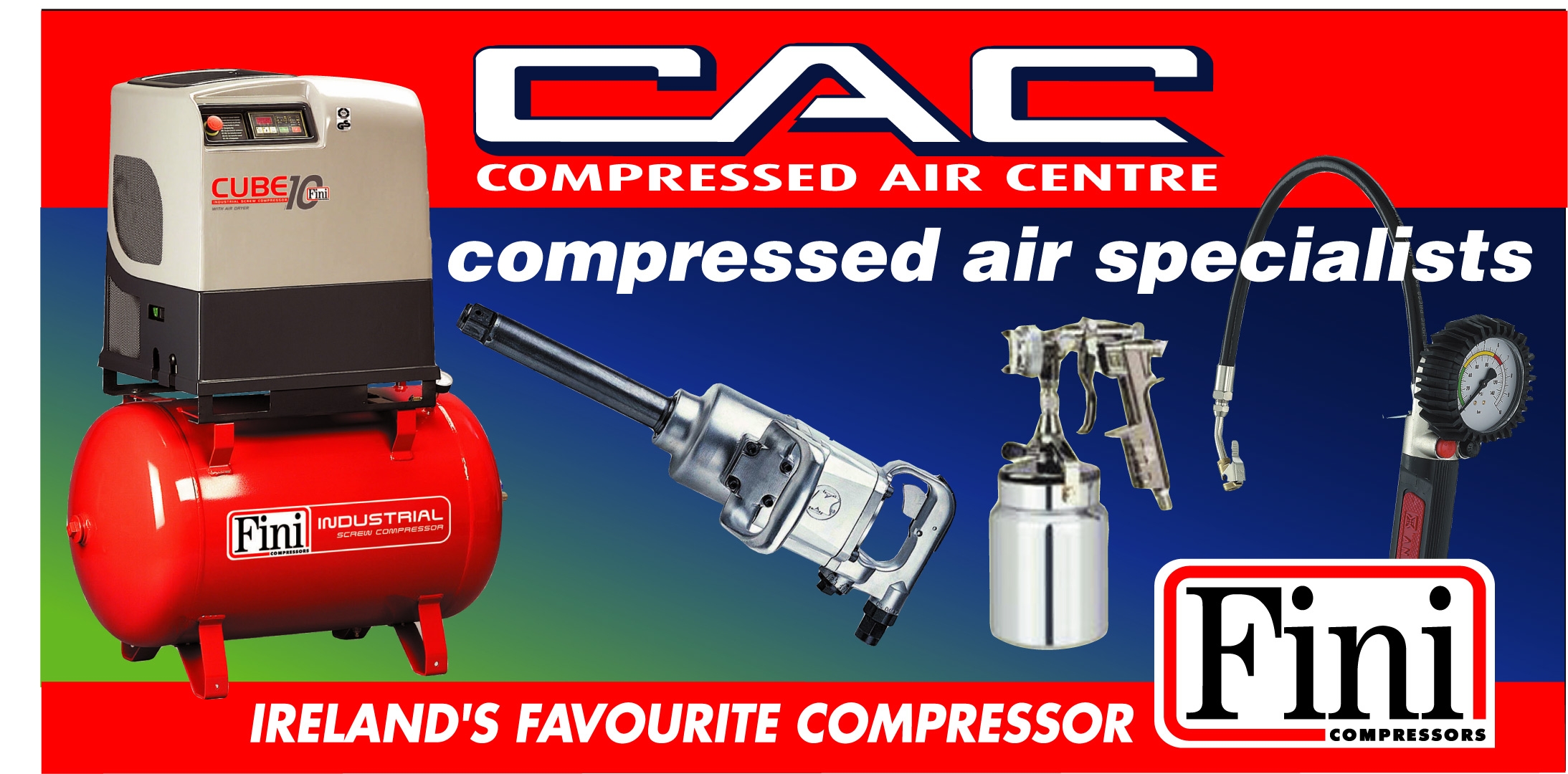Description
BLOW GUNS
Blow guns are sometimes controversial in relation to their safe use but there appears to be confusion as to how safety should be applied and whether there are any legal requirements for this type of equipment.
LEGAL REQUIREMENTS
At present there appears to be no E.U. legislative requirements that govern the specific use of blow guns and there are no restrictions on the type that can be used. This is a non-exhaustive example that should be considered. (If in doubt, consult Health & Safety experts.) Health & Safety at work requires the employer or establishment to ensure the safety of the employees or users. Employers are required to implement a risk
assessment of health and safety in order to put in place appropriate control measures. It also requires that employers must have regard to the working conditions and the risks to health and safety which exist where blow guns are used, as well as any additional risks posed by their use.
BLOW GUN TYPES
(A) Blow guns come in many differing configurations depending on application and embody varying safety features. The most basic type is one that is essentially a nozzle at the end of an airline which is fitted with a trigger to activate the air flow (on/off type). These have no inherent safety features. (B) Then there is the reduced jet-velocity type which has an extension tube with holes at the base surrounding the main nozzle. This has two effects, it draws in atmospheric air through the holes at the base adding to the overall air flow and secondly, the large nozzle has the effect of reducing the velocity of the air stream. This then assists in reducing the possibility of debris being projected at the operator. (C) Also there is the air curtain type. It has a central nozzle surrounded by holes which create an umbrella shaped air curtain around the main jet of air and so reduces the possibility of debris being projected at the operator by the main nozzle. Additional features incorporated in blow guns now have devices that either reduce the pressure to the nozzle or cut it off entirely if the nozzle is blocked e.g. by skin contact.
RECOMMENDATION
For safety, a tamper-proof preset regulator set at 2 BAR is a value which has been long recommended by the American OSHA body. Although not entirely satisfactory this does reduce the possibility of compressed air being injected through the skin. Blow guns should not be used for cleaning dust off clothing while wearing. If you must use 6 BAR in production, use only type B and Clisted above. This should be confirmed with the supplier of blow guns. The reason being that the holes at the base of the main nozzle will vent the air supply in the event of blockage and therefore the pressure at the main nozzle should be low enough in most instances not to cause injury to personnel. Those blow guns with active pressure reducing or cut-off devices have the safety function as an integral feature, which is tamper-proof.





 Account
Account
 Cart
Cart
 Click & Collect
Click & Collect
 (+353) 041 983 6923
(+353) 041 983 6923 

Reviews
There are no reviews yet.